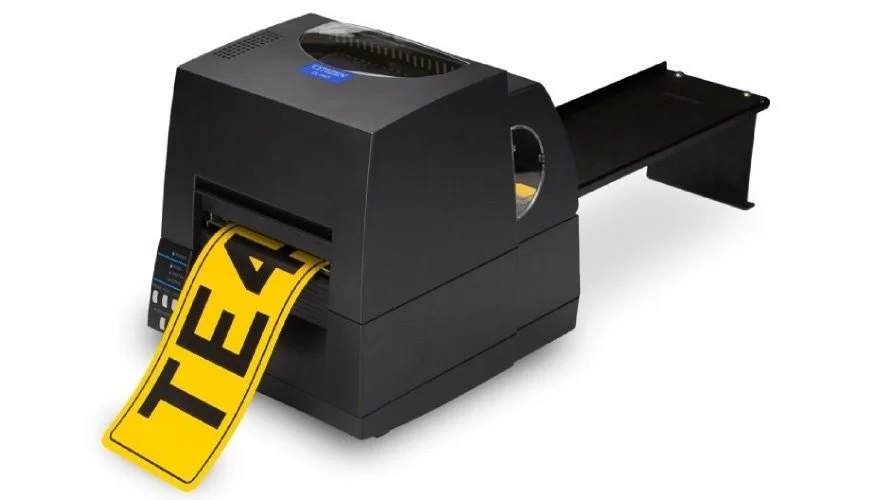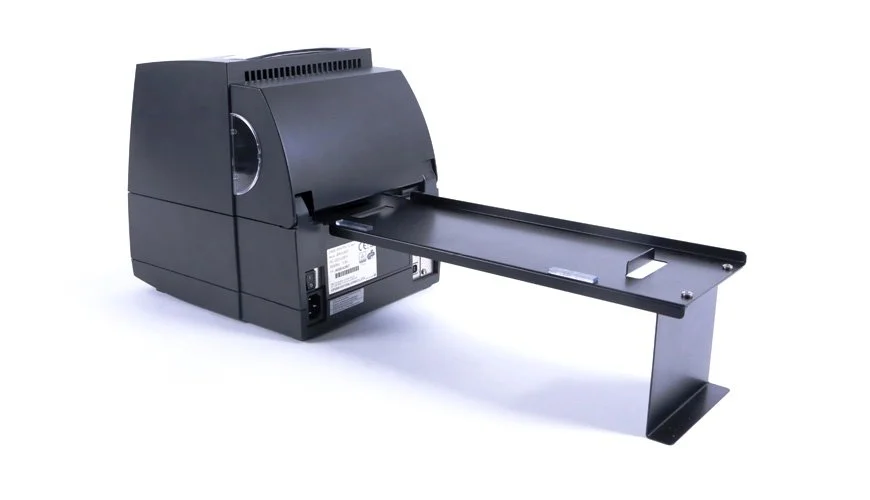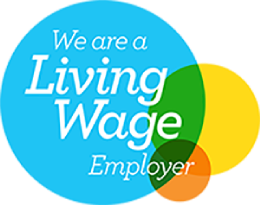CLS621 Operational Conditions
This knowledge base article shows the recommended CLS621 operational conditions. We’ve used these modified printers in our Core Systems because they produce quick and simple number plates. And it offers you a more robust system, less susceptible to cooler workshop conditions.
If you follow the recommendations set out here, you’ll have less issues with your printer and production. That means more, high-quality number plates made and less downtime or maintenance.
Your Citizen CL-S621 Printer
Each Citizen CLS621 thermal printer we provide is modified with settings that require some basic conditions be met. For the best printing results, only operate them in locations where the following temperature, humidity and dust levels are met. Diverting from our recommendations can effect the print quality and thus the legality of your finished number plates.
Environmental Conditions
These settings are based on information from the printer manufacturer and results from our own internal testing with Reflective Sheets.
- Temperature: 15 to 32°C
- Humidity: 20 to 80% relative humidity
- Dust: Dust particles may contaminate prints
- Fumes: Some fumes & aerosols can effect prints
- Assembly: 20°C and above
These thermal machines are more robust than laser printers, so they can be used in slighter cooler locations. Dust, grease and some airborne fumes can still present a risk to print quality by contaminating components or sticking to the print-head. So carry out your plate production away from the workshop or garage.
Some components, especially those already coated with adhesive, may require room temperatures of just over 20°C when assembling. We acknowledge that conditions in some summer and autumn months may be more forgivable regarding temperatures and humidity levels.
Operating Space
Enough space should be provided all around these printers for ventilation and to access the machine. For instance, these are front output machines, so you will need room for prints to emerge. Place the printer on a flat desk or worktop large enough to accommodate it and at a height comfortable for you to operate.
Your setup will determine how much rear clearance you require. For example, do you use a the rear media tray for sheets or an external roll feed? Once again, ensure you can comfortably load it with new plate media. And don’t neglect your plate assembly area, especially when using a roller jig.
Component Storage
Store all your plate media components in a dry, warm place away from excessively bright light. To avoid contamination from dust leave them in their packaging until use, and then only take out what you need. For best results wipe your reflective & clear acrylic with a lint free cloth before using them. And we recommend cleaning the print head regularly, while changing the ribbon or before a production run.
Need Help?
This is a quick article on the CLS621 Operational Conditions, refer to your user guide for more details. Or for further assistance, contact our tech support & customer service team for help. For ribbons, supplies or plate media for your printer, try our online NP-Shop – trade account required.
Note: If your number plate prints are blurred or smudged it could be your production location. Because dust, oil and cold conditions will effect print quality and durability.




